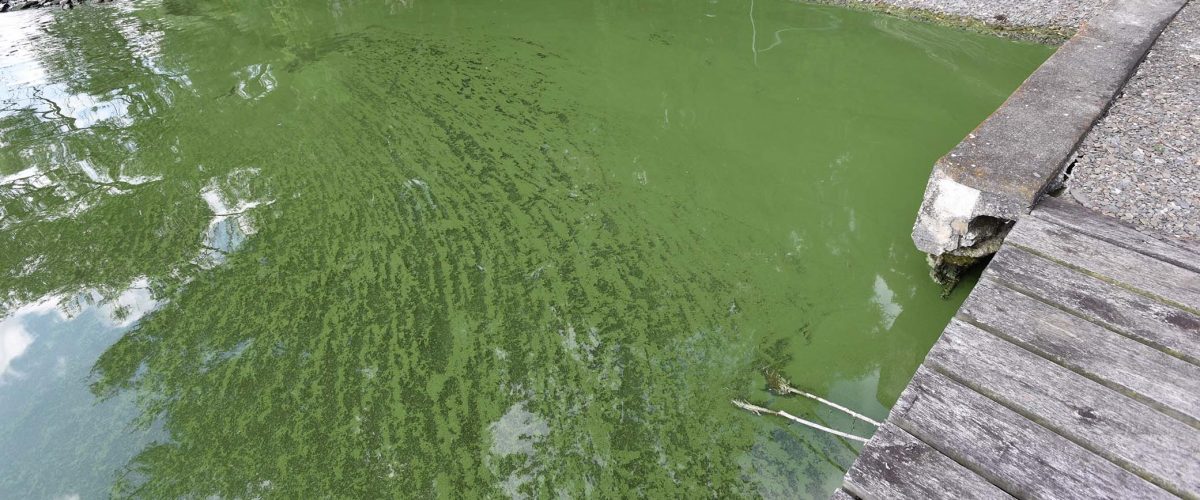Kelles Takes to Task DEC’s Study on Phosphorus and HABs

A harmful algal bloom that occurred on the southwest shores of Cayuga Lake on July 13th, 2019. (Community Science Institute)
ITHACA, NY -- New York State Assemblymember Anna Kelles has raised concerns about a report calculating the maximum amounts of phosphorus allowed in Cayuga Lake.
Limiting phosphorus pollution is vital to protecting the lake from Harmful Algal Blooms (HABs), which have gained seasonal regularity in Cayuga Lake. The impact of the toxic blooms, which have become commonly understood, range from making the water impotable; raising the treatment costs of to-be drinking water; to deoxygenating aquatic environments.
The study in question is called the Cayuga Lake Total Maximum Daily Load (TMDL) for Phosphorus in Cayuga Lake. Kelles’ critiques start with the reports timeline: it took 19 years to complete, much longer than the federal guidance of 8 to 13 years.
The water quality monitoring data for the report is also drawn from 1998 to 2012. Kelles called the data outdated and unreliable. She also made note that it didn’t consider nitrogen pollution or other factors that contribute to HABs.
The report didn’t venture into ways to improve water quality either. Hinging on the health of Cayuga Lake are both people’s drinking water and a massive tourism industry.
According to CLEAN, or Cayuga Lake Environmental Action Now, the lake serves as the drinking water source for at least 40,000 people. (The City of Ithaca draws its drinking water from the Six Mile Creek Watershed.) It’s also a keystone in the Finger Lakes tourism industry, which saw $71.8 billion in traveller spending in 2018.
Kelles is urging the DEC to release an updated report with more recent information and more mechanisms for preventing water pollution.
WRFI Intern Michael Memis contributed to this story.
